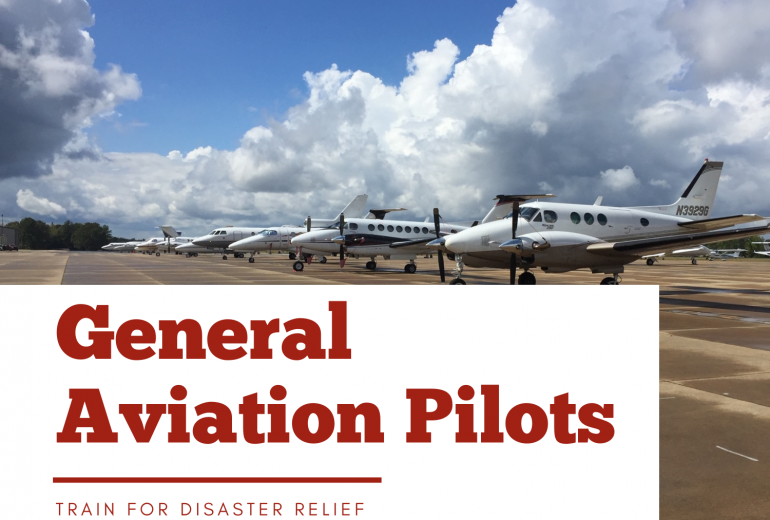n a recent exercise called "Thunder Run," staged on June 18, 2022, the West Coast General Aviation Response Plan (WCGARP) successfully demonstrated how general aviation may assist in the wake of a major earthquake in the Pacific Northwest. In a tremendous attempt to replicate the consequences of a catastrophic earthquake, all the lessons acquired from previous drills were put to the test with the Thunder Run drill on June 18.
The Emergency Volunteer Air Corps (EVAC) Northwest Regional Emergency Services Director, Sky Terry, said, "Thunder Run is a tremendous effort in one day to get as close to the actual disaster response approach as we can, to see what it's actually going to take for general aviation to step up and provide time for the conventional resources to get here.”
For eleven years the group has held yearly humanitarian relief drills. This year’s event occurred during bad weather and included food deliveries to food banks all over the state.
Operation Thunder Run also included British Columbia Airlift Emergency Response Operations (BC Aero). In this disaster airlift simulation, BC AERO delivered 30,000 pounds of food contributions to Bellingham with 12 pilots and 31 flights, where it was then transferred to several American airports to evaluate response readiness.
Fifty-seven general aviation pilots from Oregon, Washington, and Canada participated in the simulation.
Emergency Volunteer Air Corps EVAC
The Emergency Volunteer Air Corps (EVAC) encourages and organizes extra General Aviation volunteers to respond to emergency relief needs, particularly after disasters. EVAC Volunteers fly to support people! EVAC pilots as well as other volunteers contribute to General Aviation's assets during emergencies to assist impacted individuals and communities.
Although such assistance can be swiftly arranged on an as-needed basis, it is preferable to plan ahead so that communication channels are clear and accessible resources are prepared. Additionally, conducting regular exercises makes operations safer and more effective. Such occasions also show the community as a whole how General Aviation can assist in emergencies and help emergency services agencies understand how to deploy pilots and aircraft at their local airports effectively.
Pilots are one of the earliest to volunteer in the aftermath of natural disasters because general aviation is a vital service to deliver desperately needed humanitarian supplies to places that are no longer reachable by roadway.
In situations of a national or environmental disaster, services offered by general aviation pilots can become a lifesaver. Volunteer pilots can assist with overhead impact assessments or search and rescue operations. They might move injured people or survivors, supply vital medicinal and humanitarian supplies to impacted areas, or carry medical and disaster relief experts. The delivery of valuable cargo, such as blood and tissue, frequently necessitates the assistance of volunteer pilots.
Thank you to all the pilots who took part in this training exercise and to the ones who respond readily when disaster strikes.


